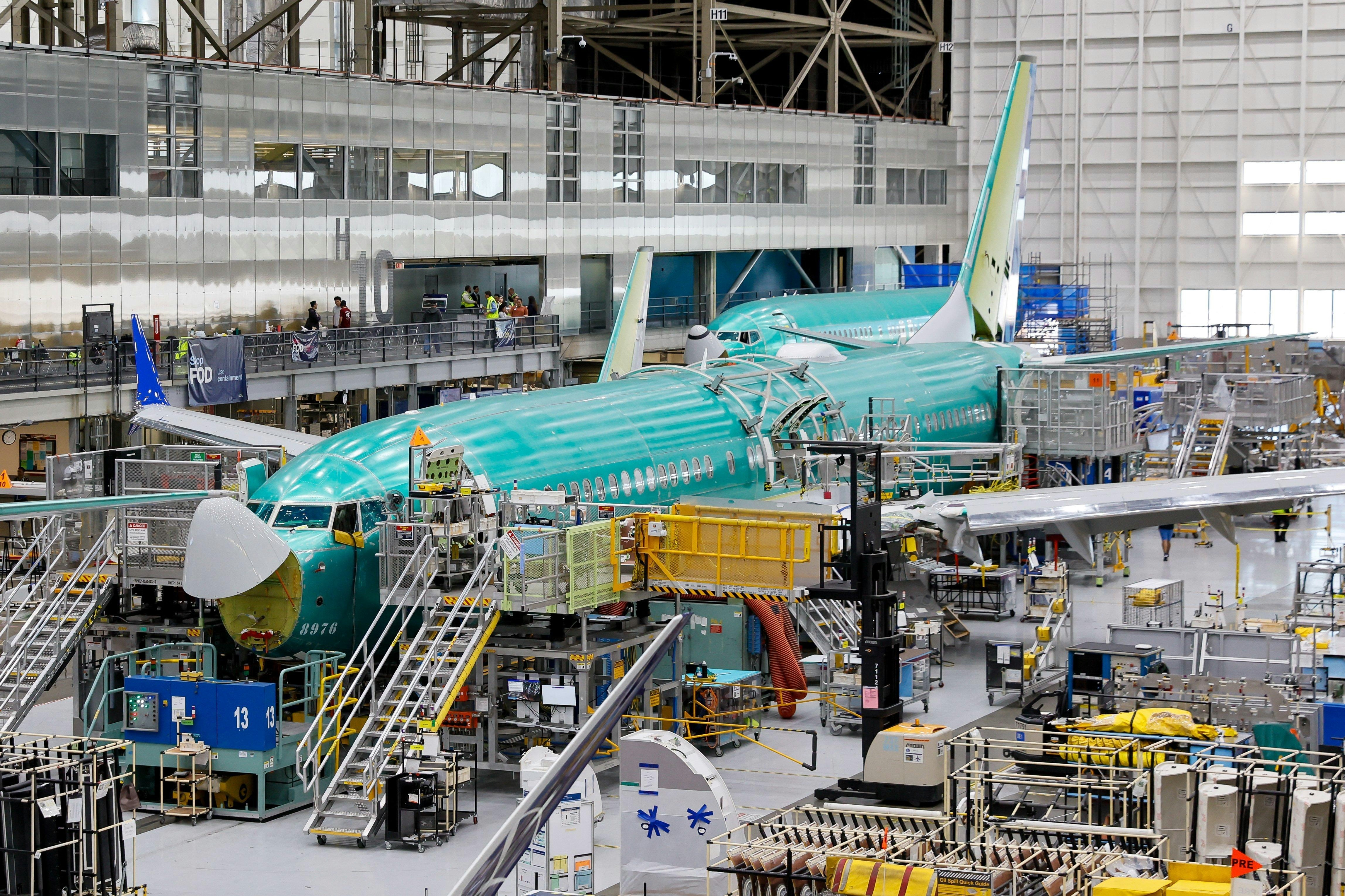
AeroGenie — 您的智能副驾驶。
热门趋势
Categories
Both Engines of Air India Flight 171 Failed Mid-Air, Causing Dreamliner Crash
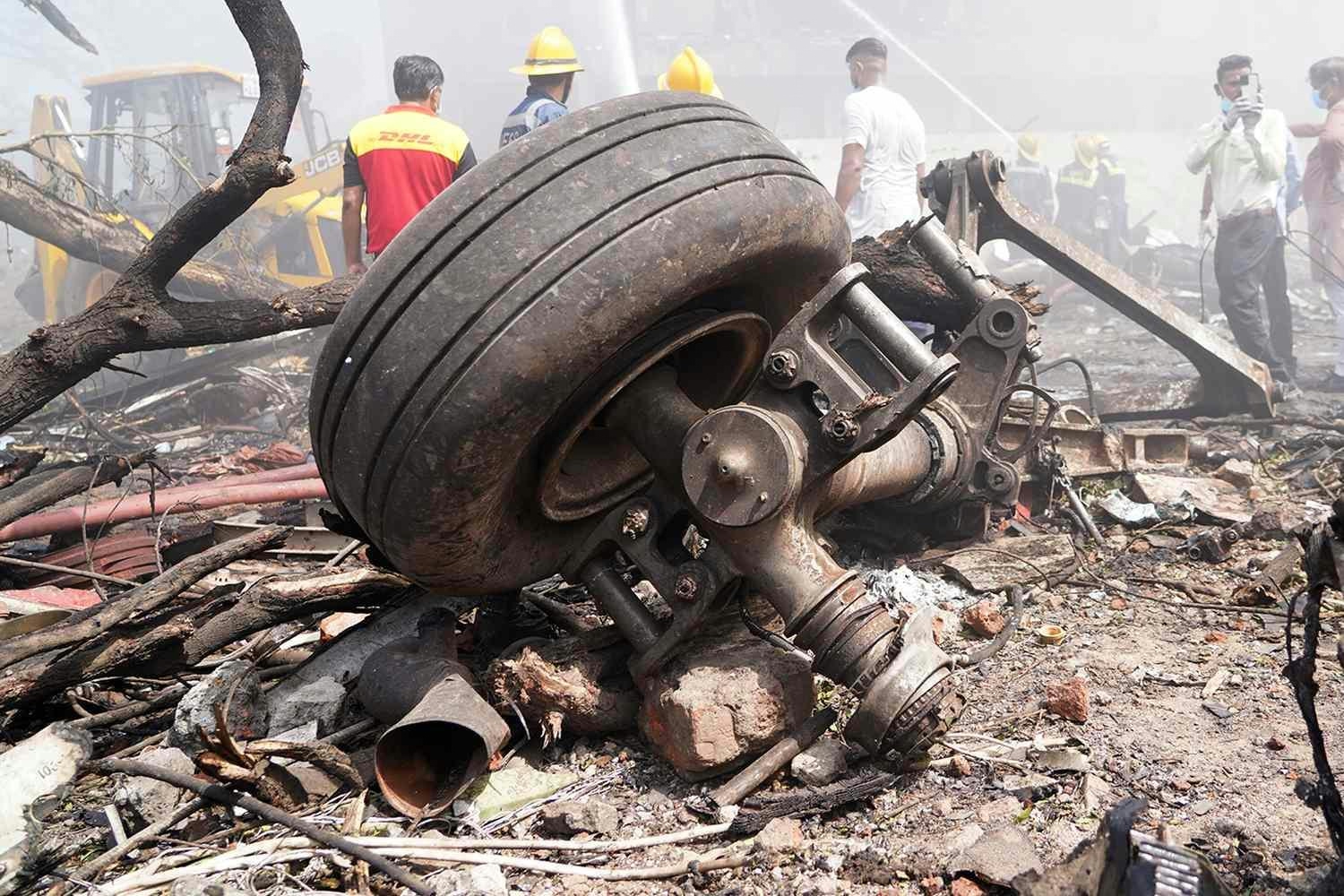
Dual Engine Failure Causes Air India Flight 171 Crash
New Delhi: Air India Flight 171, a Boeing 787 Dreamliner, departed Ahmedabad on a clear morning without any apparent mechanical issues or delays. However, shortly after takeoff, the aircraft began a rapid descent, losing altitude at a rate exceeding 475 feet per minute before ultimately crashing. A recent investigative report by The New York Times has confirmed that both engines failed simultaneously, marking the first time concrete data has substantiated the dual-engine failure theory, which had previously been suggested only by The Wall Street Journal.
Investigation and Expert Analysis
The New York Times investigation, supported by expert analysis of crash footage, found no evidence of asymmetrical thrust—a condition typically observed when only one engine fails. Instead, the aircraft maintained a straight trajectory, indicating a total loss of power. The pilot’s emergency call moments before impact further corroborated this, reporting a complete loss of thrust and an inability to maintain altitude. Aviation safety expert Jeff Guzzetti, after reviewing the video, noted the absence of yawing, smoke, or flames, all of which would normally accompany a partial engine failure, reinforcing the conclusion of a simultaneous shutdown of both engines.
Investigators are currently exploring two primary theories to explain how both engines could fail at once: contamination of fuel affecting both engines or incorrect flight data entered prior to takeoff. A software malfunction has also not been ruled out. Aviation attorney Mary Schiavo highlighted that while modern aircraft software can cause cascading failures if misconfigured, an event of this magnitude remains unprecedented.
Additional Findings and Industry Impact
Further details from the wreckage and CCTV footage reveal that the Dreamliner may have utilized a full runway backtrack for takeoff, possibly due to concerns related to weight or engine performance. The landing gear was never fully retracted, with wheels found tilted and partially inside the fuselage, suggesting a power loss during retraction. Wing slats were deployed, a configuration often used during emergency descents, and burn marks on the right wing indicate they were extended prior to impact.
Flight tracking data shows troubling gaps, and black box recordings remain under analysis by India’s Aircraft Accident Investigation Bureau (AAIB). A simulator recreation of the flight, using the same gear and slat settings, did not result in a crash, further pointing to engine failure as the likely cause. Experts emphasize that modern jet engines are highly reliable, making such a dual failure nearly unprecedented.
The crash has sent shockwaves through the global aviation industry. Of the 241 people on board, only one survived. The incident has severely damaged Air India’s reputation, triggering financial repercussions from compensation claims and causing significant operational disruptions. Boeing’s stock fell 4.7% following the crash, reflecting investor anxiety over the Dreamliner’s safety. Competitors are now scrutinizing their own safety records, and passenger confidence is shifting, with some travelers reconsidering their airline choices.
The broader Indian aviation sector faces heightened regulatory scrutiny, with potential changes that could impact tourism and business travel. As investigators continue to search for answers—still uncertain whether the failure originated on the ground or in the air—the early findings point to a rare and catastrophic systems failure. The final report is expected in the coming weeks.
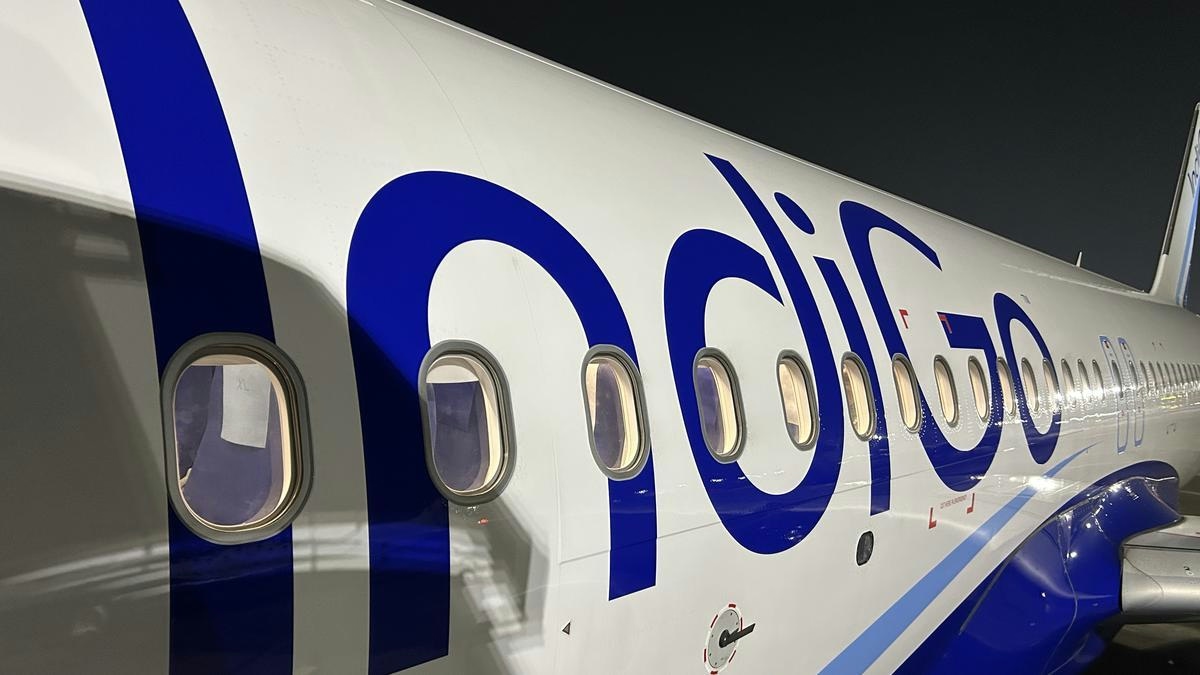
IndiGo to Deploy Wide-Body Aircraft on Vijayawada-Hyderabad Route, Says MP
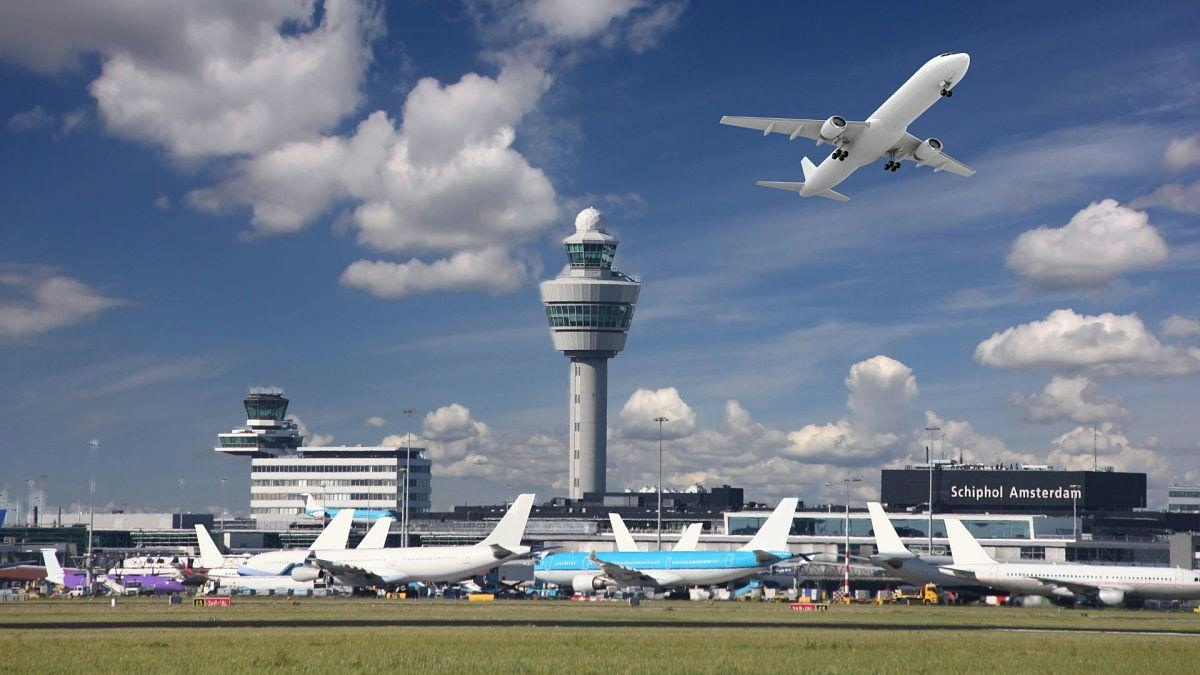
Europe Unveils New Aviation Strategy to Promote Cleaner, Faster Flights
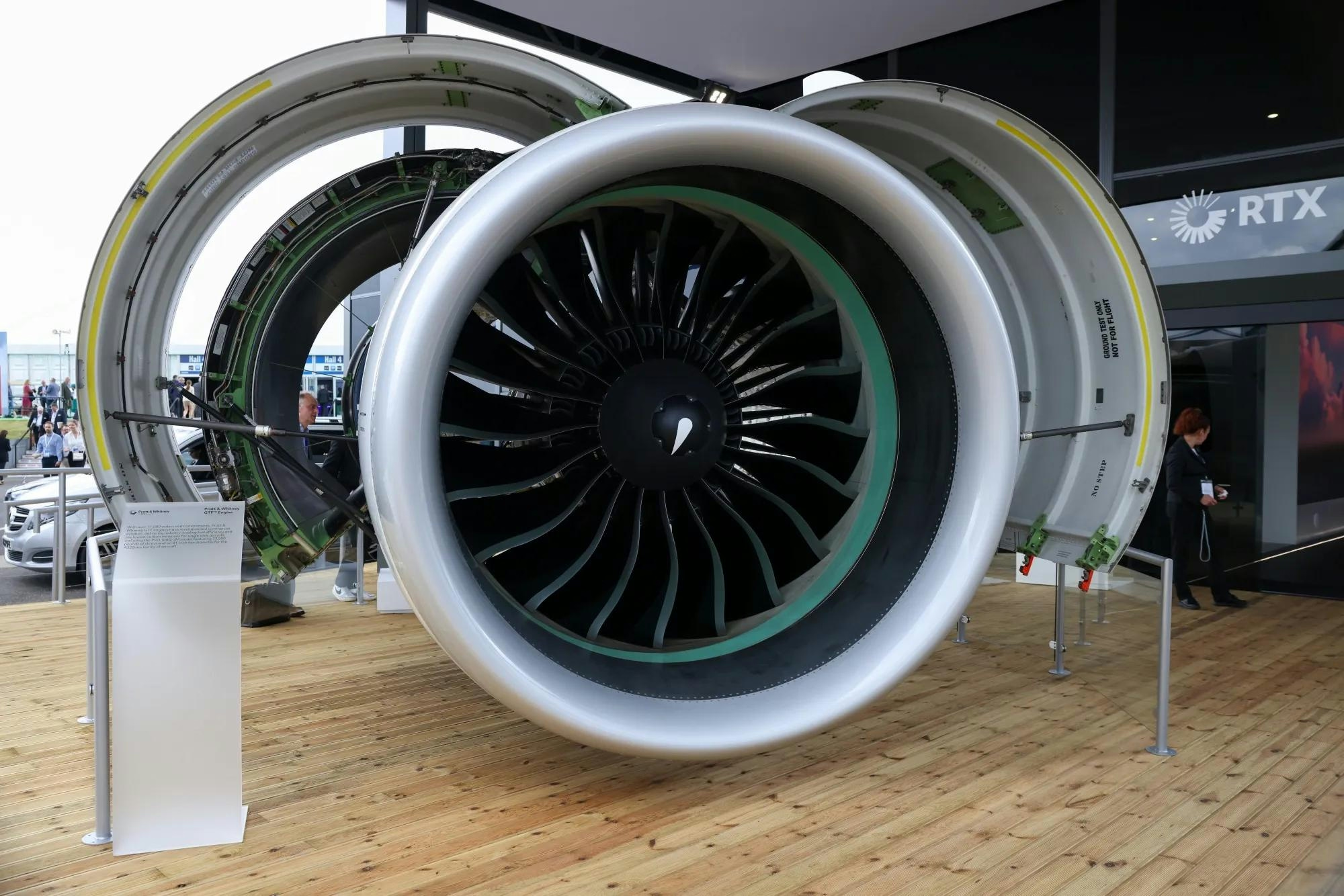
Spirit Signs Agreement with Pratt & Whitney Units on Aircraft Engines

ADB SAFEGATE Receives Industry Awards for Marketing, R&D, and Social Impact

GA Telesis Secures Five-Year Landing Gear Overhaul Agreement with Major U.S. Carrier
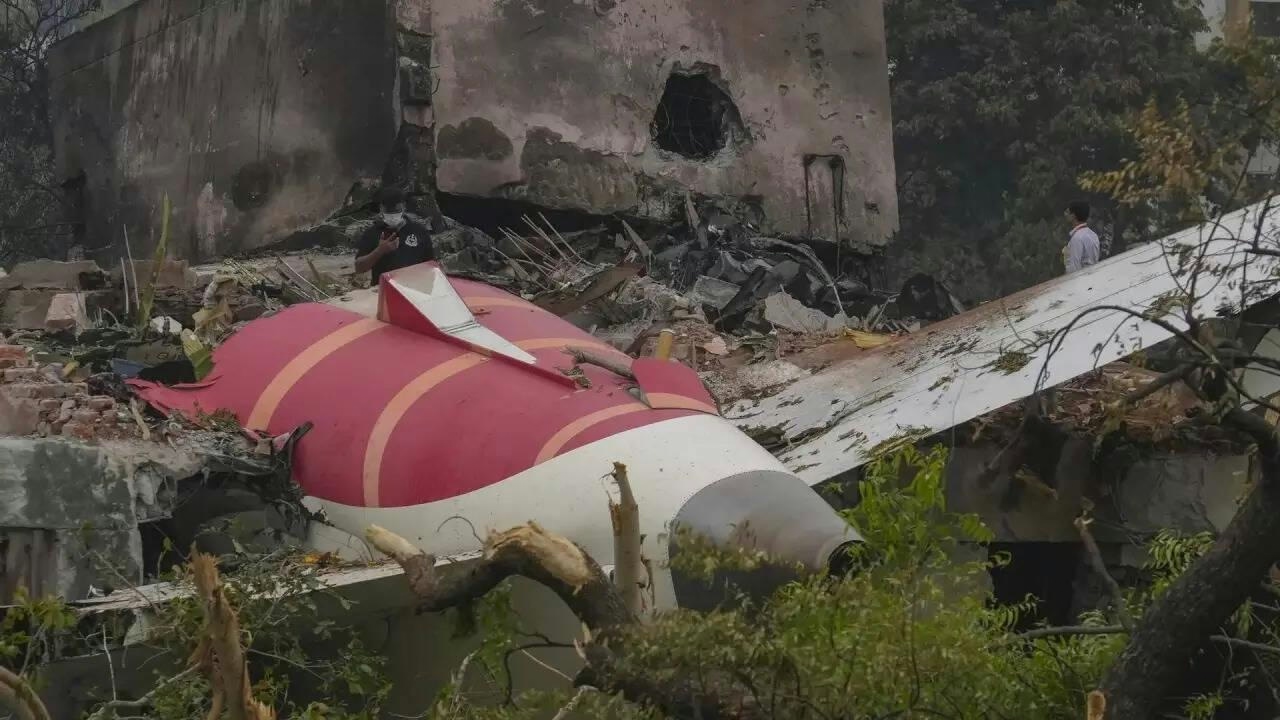
Government Strengthens Aviation Safety Framework Amid AI-171 Investigation
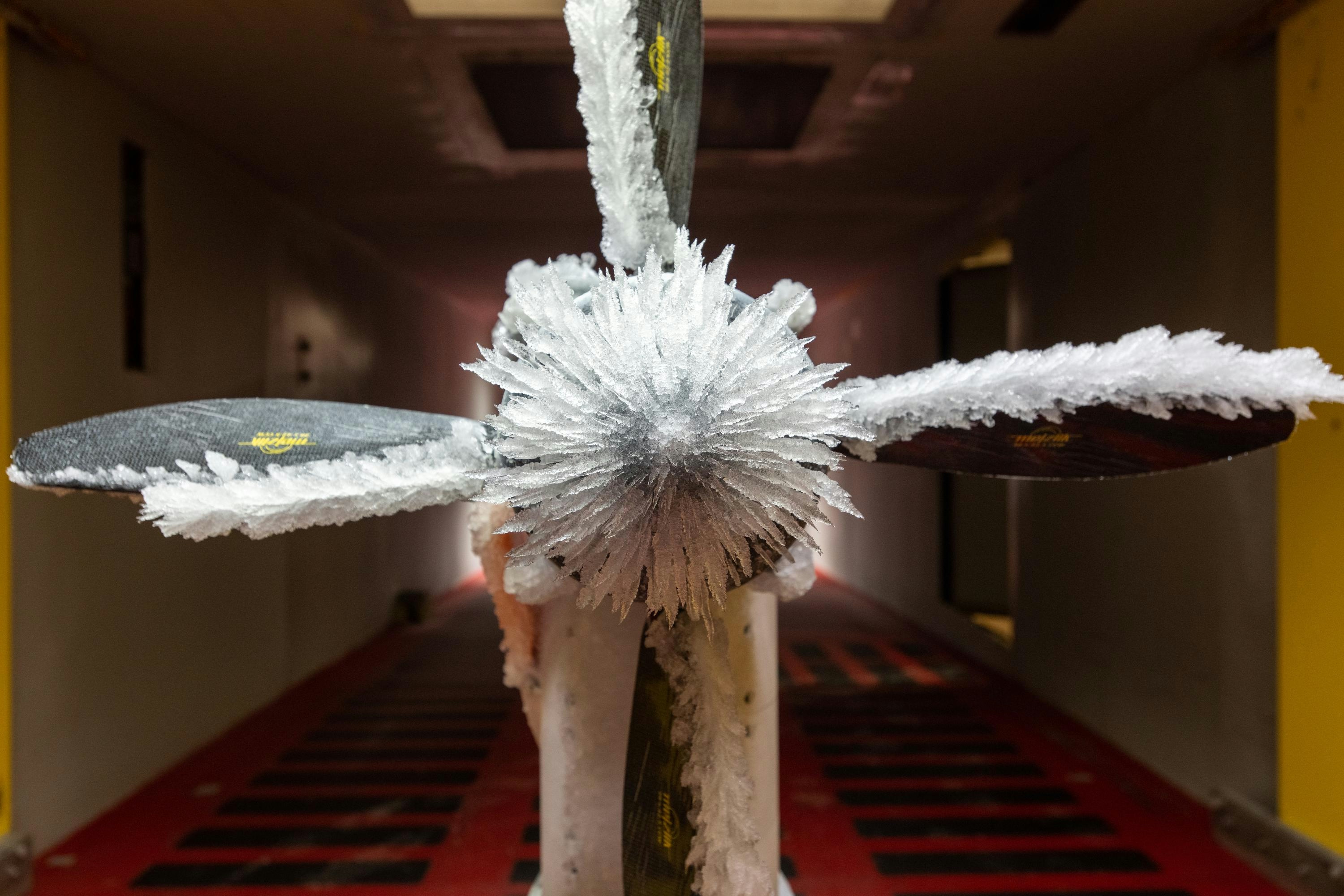
NASA Software Raises Bar for Aircraft Icing Research

Dans and Emirates Aviation University Partner on AI Air Traffic Management Research
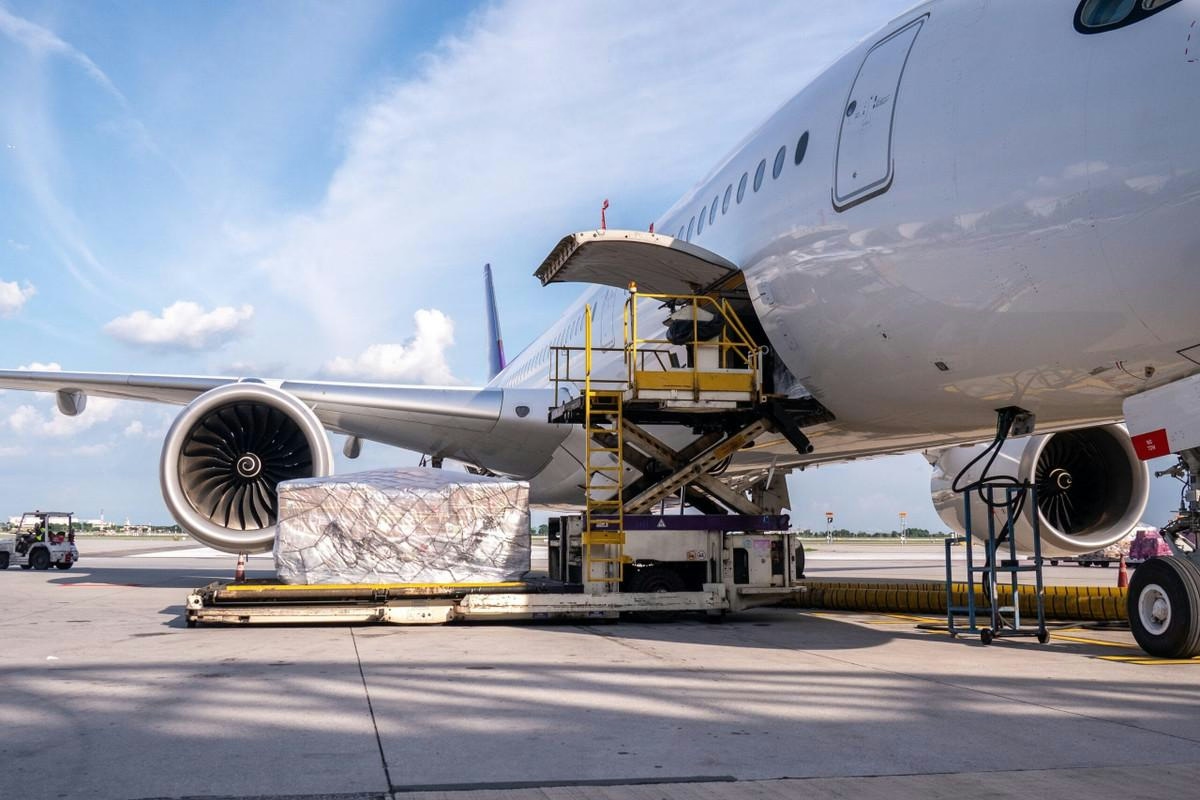
Nigus and AXISCADES to Develop Nigeria’s First Major Aviation MRO Hub
